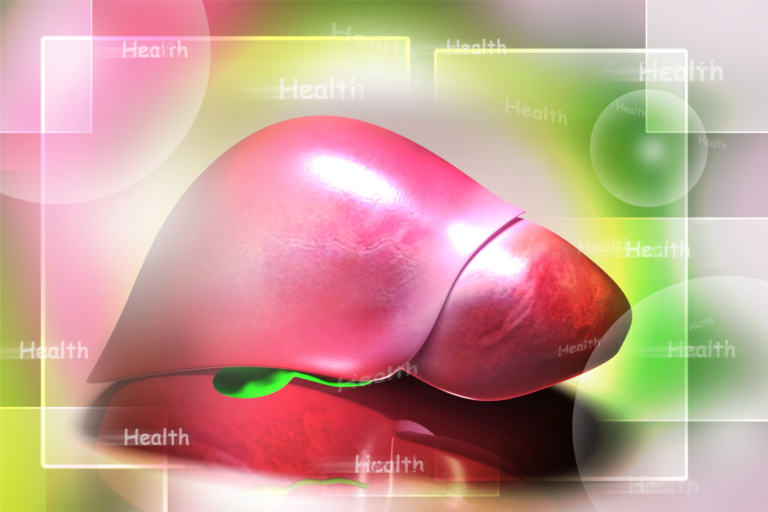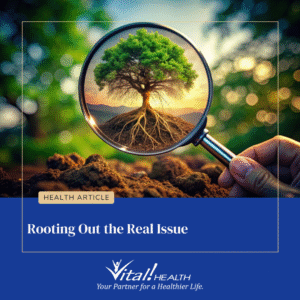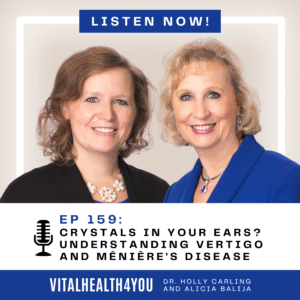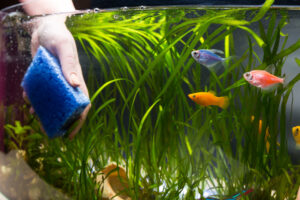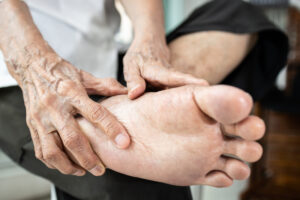The liver is one of the most amazing organs. If you’ve ever seen or held a liver, it appears to be a pretty innocuous organ. It is plain, smooth, and appears to be quite uncomplicated. By contrast, the heart has an interesting array of chordae, vessels, chambers, and valves. Each part has a distinct function, all of which have to move in harmony, seamlessly, to keep blood moving through the fancy array of vessels throughout the body – the only thing it does.
But in this plain package the most incredible functions lie. To name only a few: The liver produces bile which it sends to the gallbladder to hold, waiting for dietary fat to come along so I can emulsify it. It also uses bile to detoxify itself. In addition to breaking down fats, it also is responsible for metabolism of proteins and carbohydrates, storing and helping with utilization of the fat-soluble vitamins A, D, E & K. The liver stores extra blood so it can be released on a moment’s notice when needed, and filters the blood to remove harmful toxins, bacteria and other unwanted garbage. The liver stores vitamins, minerals and sugars which are needed for development, repair and replacement of tissues. It helps maintain electrolyte and water balance, and protein synthesis and secretion (albumin, fibrinogen and prothrombin).
The liver is essential in the synthesis and regulation of cholesterol which is needed for hormone development, metabolism of steroids, tissue repair, brain cells, vascular integrity and many other functions. It is responsible for creating immune substances and regulating parts of the immune system. It breaks down and eliminates excess hormones as well as conjugates and disseminates certain hormones. It provides blood clotting factors, manages blood flow, maintains blood pressure, and regulates the breakdown of many toxins and chemicals such as ammonia, and urea. It also constructs over 50,000 systems of enzymes that regulate different metabolic functions.
This is only the tip of the ice berg.
So what is the point of illustrating all of this? We have to love our liver. We have to take care of it. If we take care of it, it will take care of us.
Of all the organs in the body, the liver is the most abused. It was designed to handle an amazing amount of activity, of toxins, of functions, but with our current lifestyles, we tend to overload it. Like anything else that gets overloaded, at some point it will become sluggish and not perform so well, or simply breakdown. When it does, we call it disease. Fortunately, we have a lot of tools at our disposal that we can use to help our liver out. We can nourish it, detoxify it and protect it.
©2018 Holly A. Carling, O.M.D., L.Ac., Ph.D.


